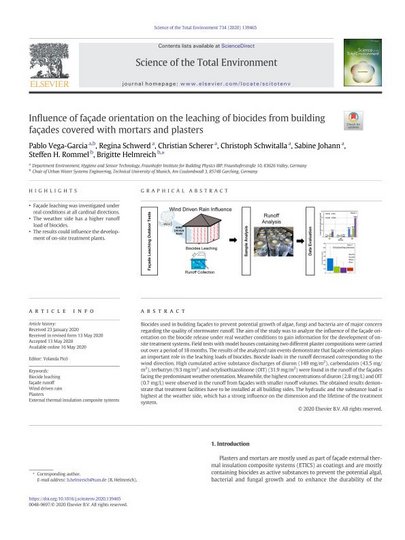Emerging trace organic chemicals (TOrCs) released into the environment via discharge of wastewater effluents have been detected in rivers and lakes worldwide, raising concerns due to their potential persistence, toxicity and bioaccumulation. This study provides the first reconnaissance of TOrC occurrence in wastewater effluents within Saudi Arabia. Four wastewater treatment plants (WWTPs 1–4) located in Western Saudi Arabia were sampled hourly over twelve-hour periods, for a total of six sampling events. All samples were analyzed for a wide range of TOrC encompassing pharmaceuticals, personal care products and household chemicals. Treatment and capacities of the plants varied from non-nitrifying to full biological nutrient removal providing a representative cross section of different types of plants operational within the country. A comparison of TOrC occurrence in effluents in Saudi Arabia with respective effluent qualities in the United States revealed similar levels for most TOrC. Overall, the occurrence of TOrC was higher at two of the plants. The higher TOrC concentrations at WWTP 1 are likely due to the non-nitrifying biological treatment process. The unique TOrC occurrence observed in the WWTP 3 effluent was unlike any other plant and was attributed to the influence of a large number of international visitors in its sewershed. The occurrence of TOrC in this plant was not expected to be representative of the occurrence elsewhere in the country. Bimodal diurnal variation expected for a range of TOrC was not observed, though some hourly variation in TOrC loading was noted for WWTP 3. Since water reclamation and reuse have received increasing interest in Saudi Arabia within the last few years, results from this study provide a good foundation in deciding whether advanced treatment is necessary to attenuate TOrC deemed to be of concern in effluents, or if natural treatment such as managed aquifer recharge provides sufficient protection to public health.
Skip to content
Menu
- de
- en
Google Custom Search
Wir verwenden Google für unsere Suche. Mit Klick auf „Suche aktivieren“ aktivieren Sie das Suchfeld und akzeptieren die Nutzungsbedingungen.
